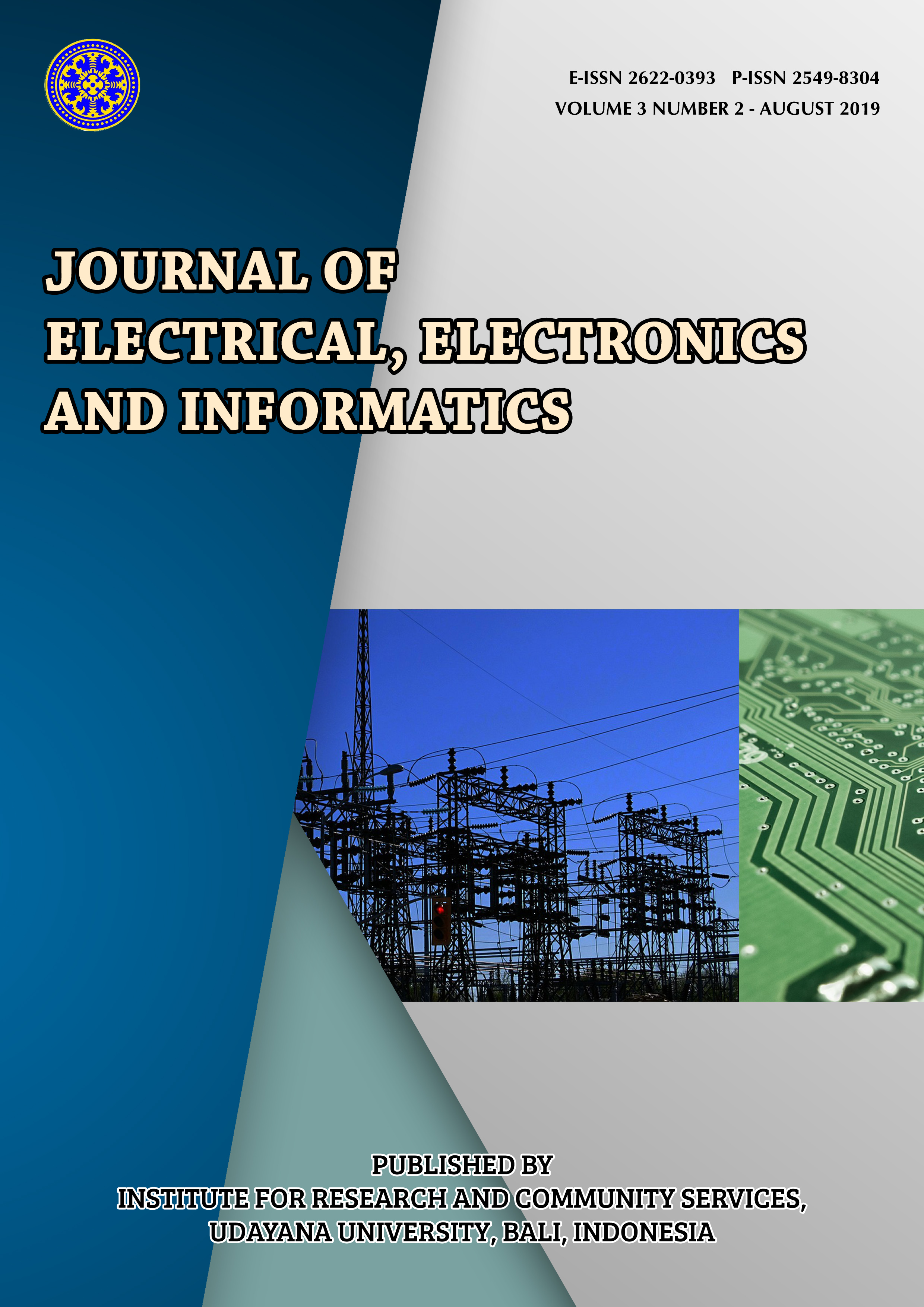Carrier Frequency Offset Effects on OFDM System over Rayleigh Fading Channel
Abstract
Orthogonal Frequency Division Multiplexing (OFDM) system showed the use of Discrete Fourier Transform (DFT) and Inverse Discrete Fourier Transform (IDFT) to perform the baseband modulation and demodulation. So that, it can increase and improve the efficiency of the modulation and demodulation. Currently, the OFDM is being utilized in the field of broadband wireless communication, which transmit signals orthogonally, that increases speed of information transmission. It also has high proficiency with high bandwidth and provide large data rates and robust against the multipath delay spread. On the other hand, there are some issues faced OFDM system which are high Peak Average Power Ratio (PAPR), and sensitive to Phase Noise (PN) and Carrier Frequency Offset (CFO). This paper presents Orthogonal Frequency Division Multiplexing (OFDM) performance evaluation in the presence of CFO with two different environment scenarios were used: an AWGN channel and a Rayleigh fading channel. The simulation was performed to evaluate the effects of CFO based on Bit Error Rate (BER) vs. Energy Bit per Noise Ratio (Eb/No). The results showed that for BER degradation caused by CFO effects have presented in our simulation for both AWGN and Rayleigh fading channel.
Downloads
References
[2] Jungwon Lee ; Hui-Ling Lou ; D. Toumpakaris ; J.M. Cioffi., “Effect of carrier frequency offset on OFDM systems for multipath fading channels”, IEEE Global Telecommunications Conference, Dallas, TX, USA, 2004.
[3] Shagun Sharma, Khushal Thakur., “Carrier frequency offset in OFDM systems”. 2nd International Conference on Inventive Systems and Control (ICISC), Coimbatore, India, 19-20 Jan. 2018.
[4] 3GPP TR 25.814 V7.1.0, 3rd Generation Partnership Project; Technical Specification Group Radio Access Network; Physical layer aspects for evolved Universal Terrestrial Radio Access September 2006.
[5] K. Sathananthan and C. Tellambura, “Probability of error calculation ofOFDM systems with frequency offset,”IEEE Trans. Commun., vol. 49, no. 11, pp. 1884–1888, Nov. 2001.
[6] T.M. Schmidl, D.C. CoxRobust frequency and timing synchronization for OFDM, IEEE Trans. Commun, 45 (12) (1997), pp. 1613-1621.
[7] S. Chang, E.J. “Powers Efficient frequency-offset estimation in OFDM-based WLAN systems”, Electron. Lett, 39 (21) (2003), pp. 1554-1555.
[8] M.-H. Cheng, C.-C. Chou, “Maximum-likelihood estimation of frequency and time offsets in OFDM systems with multiple sets of identical data”, IEEE Trans. Sig. Process, 54 (7) (2006), pp. 2848-2852.
[9] G. Ren, et al., “An efficient frequency offset estimation method with a large range for wireless OFDM systems”, IEEE Trans. Veh. Technol, 56 (4) (2007), pp. 1892-1895

This work is licensed under a Creative Commons Attribution-ShareAlike 4.0 International License.











